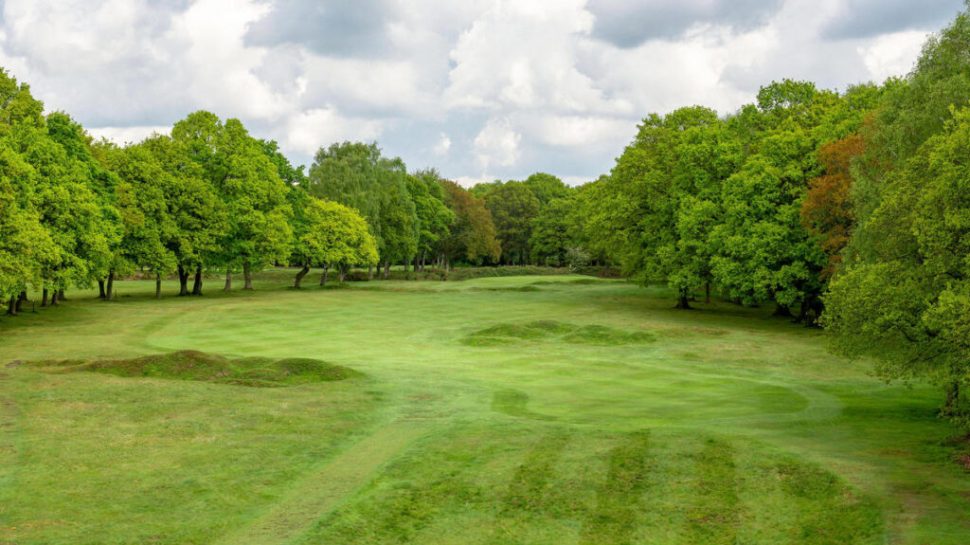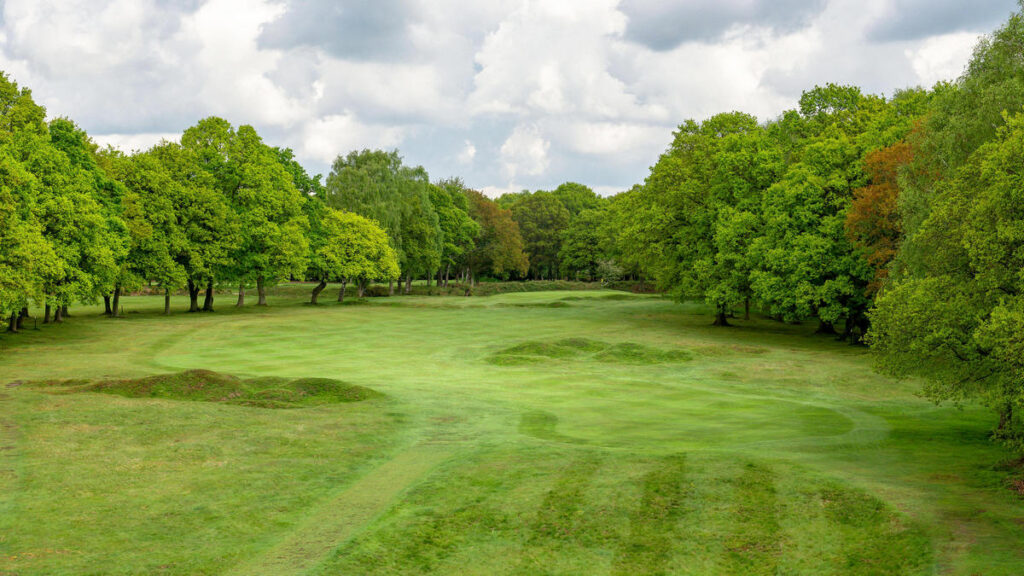
Estimated reading time: 4 minutes
Turfgrass, the world-leading golf course consultancy, recently scored a first in its 24-year history when it started working at historic Berkhamsted Golf Club.
“We’ve done 260 golf courses around the world, but Berkhamsted is the first without any bunkers” said John Clarkin, Turfgrass Managing Director.
“We have worked on course conditioning at Ryder Cup, Solheim Cup and Major championship venues, but we have never experienced anything like Berkhamsted before” he said. “We are in awe of the fact that it has no bunkers, yet poses such a magnificent challenge to the golfer nonetheless.”

Clarkin and the Turfgrass team, headed by Senior Agronomist Trevor Norris, have just completed their first year’s work at Berkhamsted, which was rated as being among England’s top 100 golf courses in three different recent major surveys.
“As a unique and testing layout Berkhamsted firmly merits its place among England’s top 100” said Norris, “but I believe that the work which we are now doing with Gerald Bruce and his greens team should propel it even higher in the rankings.
“It was already an absolutely outstanding golf course, a true walk amongst nature, but even in a single season’s work we have already seen a notable improvement in the texture, quality and consistency of its playing surfaces which should secure its place among the pantheon of England’s must-play courses” he said.
In a series of visits stretching from September 2020 to late 2021, Turfgrass worked with the Berkhamsted greenkeeping team to elevate the conditioning of the club’s greens complexes, tees, approaches and fairways, along with advisory work on drainage, irrigation, tree management, turf and heather nurseries and sustainability – creating better definition throughout the golf course.
“Berkhamsted is a true heathland golf course which uses grass, and not sand, as its natural defences” said Clarkin. “In this respect, it is already well ahead of one of the major modern trends in golf course design – namely bunker reduction. Bunkers are expensive to maintain and in many cases are not part of the natural environment, and by not having them at all Berkhamsted is setting an example to the world’s golf course architects.
“Most golfers would celebrate 18 holes without having to hit a single bunker shot, and Berkhamsted is one of only a very few places where you can guarantee that!”
Berkhamsted’s Club Manager, Howard Craft, explains the differences which members and visitors can already see after Turfgrass’s first year consulting at the club. “Although they are well over 100 years old, our greens are now faster and more true than ever before” he said. “Our numerous grass mounds, which are Berkhamsted’s most famous natural defences, are developing a more even condition which reduces the amount of unpredictable lies particularly when you are close to the green.
“Gerald Bruce and his team are now producing slightly wider fairways, and reducing the amount of semi-rough, but our gorse, heather and natural fescue grasses are being given more chance to flourish. This makes the golf course fairer for the natural player, but adds to the challenge for the better player who may be going for the more high-risk shots.
“The sport is entering a new era of athleticism as elite golfers improve their strength and conditioning, and advancements in golf technology are enabling people to hit the ball ever-greater distances. The course conditioning steps we are taking, with guidance from Turfgrass, ensure that Berkhamsted matches the pace of these developments, as well as making the golf course more aesthetically pleasing.”
Golfers will also notice more natural growth and colour around Berkhamsted’s tees as the club embraces its much-cherished motto – “golf as nature intended” – with ever-increasing commitment.
And for a golf club without bunkers, Berkhamsted is surprisingly reliant on sand, nature’s best defence against disease and insects. “Sand is our number one friend at Berkhamsted” said Clarkin. “Just not in bunkers! Applying large amounts of sand to greens, tees and fairways is a fantastic way of drying the surface, quickening the roll, promoting the right grasses and – if applied little and often – golfers will not even notice that it has been added.
“Using more sand is an entirely natural way of improving the way the golf course plays, which is in keeping with Berkhamsted’s exemplary attitude towards its unique and highly distinctive local environment.”
Sitting on a hilltop above the medieval market town of Berkhamsted, in Hertfordshire’s largest expanse of natural heathland, Berkhamsted Golf Club lies north-west of central London just 15 minutes from M1 Junction 8. Its unforgettable 18 holes are a magnet for golfing aficionados from across Great Britain, Ireland and Europe.
